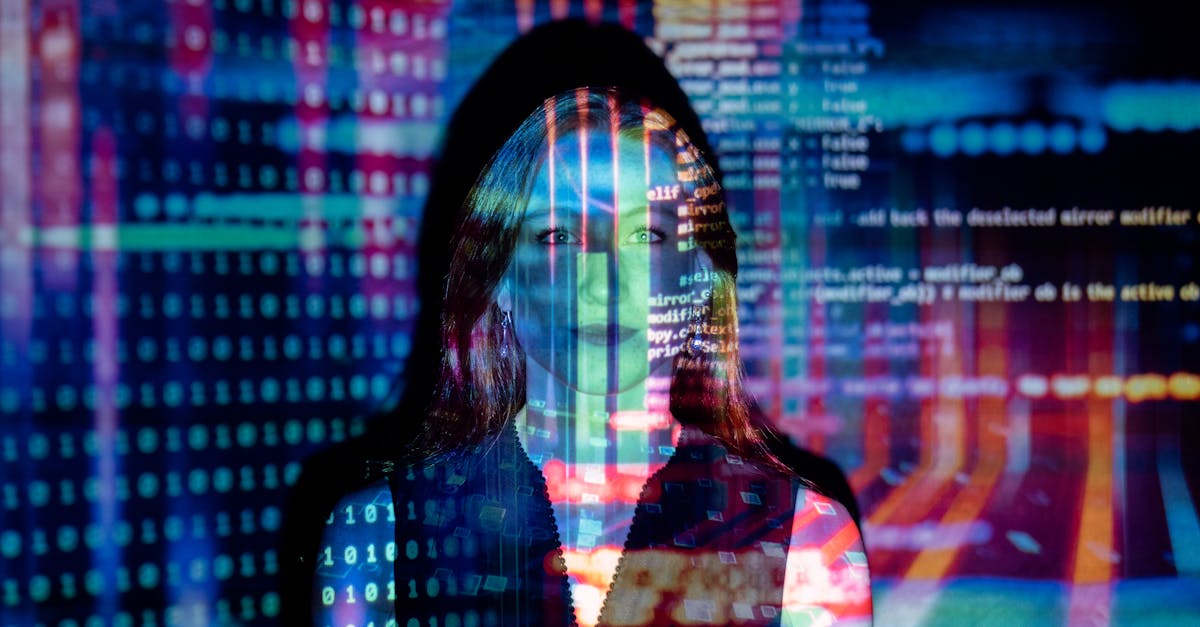Arts and Entertainment in 2060
Introduction
As we gaze toward the future, the landscape of arts and entertainment in the year 2060 offers an incredible vista of innovation and evolution. Technological advances are redefining experiences, merging the virtual with the real. This convergence transforms not only how we consume art but also how it's created, distributed, and appreciated globally. From interactive digital museums to living, breathing artworks, 2060 epitomizes a fusion of creativity with groundbreaking technology. Meanwhile, sustainability and inclusivity reshape narratives, driving a more holistic approach across mediums. Join us as we embark on a visionary journey, unlocking the secrets of the arts and entertainment scenes of 2060.
Advertisement
The Rise of Interactive Digital Museums
In 2060, museums have evolved beyond static displays, becoming self-aware spaces offering interactive experiences. Visitors engage with art through augmented reality (AR) and virtual reality (VR), overlaying historical contexts onto artifacts for an unparalleled immersive journey. Users wield personalized AI devices, curating experiences tailored to their interests while learning at their own pace. What was once confined to dimly lit rooms now extends into vast digital arenas where narratives change with each visit. Collaborations between tech enterprises and artists challenge traditional curatorial norms, innovating how stories are told and experienced.
Advertisement
Digital Performances and Holographic Concerts
Performing arts in 2060 transcend physical barriers, reaching global audiences via digital platforms in real-time. Holograms of legendary performers—long gone—reanimate to share the stage with contemporary talents. Multi-sensory concerts offer not just visual but also tactile and olfactory experiences, delivered into homes through advanced haptic technologies. Fans interact virtually, altering live performances and engaging with artists through immersive hubs. Alongside AI performers generating spontaneous symphonies, these concerts become collaborative communal experiences. Together, artists and fans redefine the boundaries of live entertainment.
Advertisement
Algorithmic Art and Machine Creativity
While human creativity remains the bedrock of the arts, 2060 sees AI emerge as a co-creator, challenging conventional boundaries. Artists collaborate with algorithms, generating aesthetic remedies and dynamic installations influenced by data. Machine learning deciphers swathes of visual history, proposing unique, never-seen-before artistic visions. Adaptive art pieces, made from reactive materials, change color and composition based on viewer interaction and emotional responses. Algorithmic curators don't just recommend art; they tailor environments, immersing audiences in experiences contoured to personal preferences.
Advertisement
The Role of Inclusivity and Diversity
Inclusivity shapes creative has become paramount, ensuring diversity in storytelling and perspectives. Underrepresented voices gain unprecedented visibility through global digital platforms. Storytelling transcends traditional barriers, allowing indigenous artists and those from marginalized communities to showcase cultural narratives on a world stage. Digital equity ensures that art is accessible across socio-economic divides, breaking down long-standing constraints. Celebrating multifaceted art fosters cross-cultural understanding and collaboration, leading to unprecedented innovation and creating a tapestry of diverse artistic expressions.
Advertisement
Sustainability in Art and Entertainment
Environmental consciousness underpins artistic pursuits in 2060, driving the creation of sustainable art and entertainment. Artists utilize biodegradable materials, reducing their carbon footprints. Energy-efficient venues incorporate nature, blurring lines between indoor and outdoor spaces. Digital art marketplaces encourage eco-friendly collection and distribution practices. Environments and ecosystems inspire art itself, as creators delve into urgent narratives surrounding climate change and conservation, galvanizing audiences into action. Sustainability thus becomes both a medium and a message woven into the artistic fabric of 2060.
Advertisement
The Transformation of Gaming Environments
Gaming evolves beyond leisurely recreation to become a pivotal cultural and educational universe. Enhanced gaming environments offer rich narratives and ethical dilemmas, blending entertainment with learning. Non-player characters (NPCs) infused with AI personalities drive dynamic plotlines and engage players emotionally. Simulated realities transport players into meticulously crafted worlds, forging social connections and cultivating empathy. Gaming forums unite international communities, generating discourse across cultural and linguistic boundaries. This virtual social tapestry shapes identities, fostering understanding across global divides.
Advertisement
Envisioning Cinematic Innovations
Cinema in 2060 is an unparalleled journey, with holographic theaters offering 360-degree projections enveloping audiences in stories. Filmmakers harness real-time CGI, morphing narratives on-the-fly, while AI-generated plotlines adapt to viewer choices. Escape-the-screen experiences allow spectators to interact with characters, navigating plots they shape themselves. Diverse directors broaden the palette of stories told on the silver screen, immersing audiences in resonant narratives. The cinema of 2060 redefines spectator versatility, creating unique experiences for each audience, blurring the line between viewer and creator.
Advertisement
Ethical Considerations and Human Connection
Despite technological wonders, ethical considerations loom large in 2060's arts and entertainment. Balancing innovation with authentic human connections is paramount. Emotional authenticity underpins storytelling amid the lure of algorithms and AI. Collaborative governance involving artists, technologists, and ethicists ensures technology enhances rather than diminishes creativity. Art remains a reflective mirror, capturing humanity's essence and aspirations while guarding against eroding communal bonds. As arts engage with technology, this nexus fosters truly transformative experiences, transcending the screen to impact real-world lives.
Advertisement
Conclusion: A Future of Boundless Creativity
In 2060, we encounter arts and entertainment as living entities, reflecting the intersections of technology, culture, and humanity. These innovations significantly alter art consumption and creation. Yet, the essence of expression, connection, and understanding remains central across this digital tapestry. New technologies empower diverse voices to tell universal stories, amplifying shared humanity. The arts scene continues embracing change while honoring its rich heritage. As we approach this horizon, the unlimited canvas of 2060 invites us to dream, create, and revel in this new era of boundless creativity.
Advertisement








